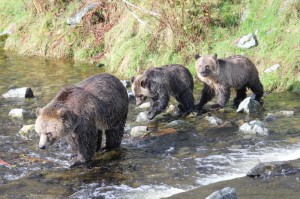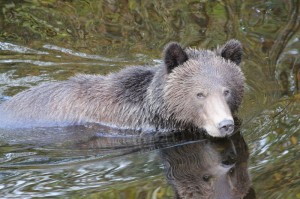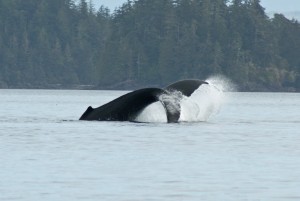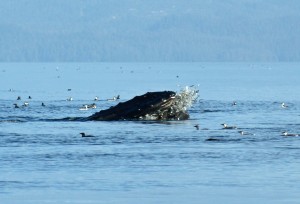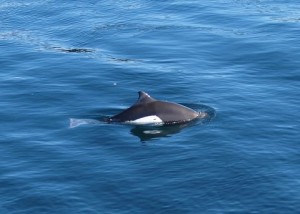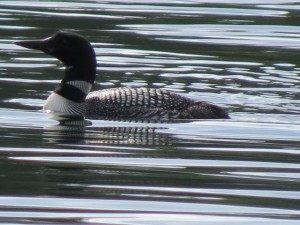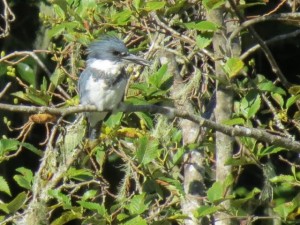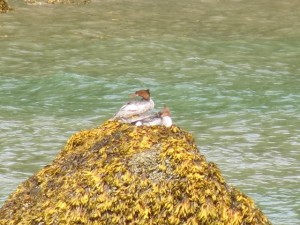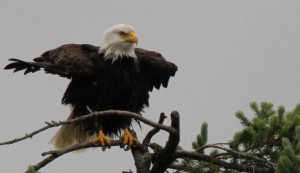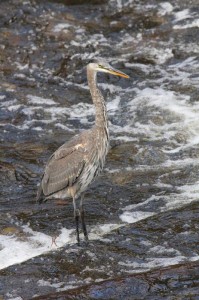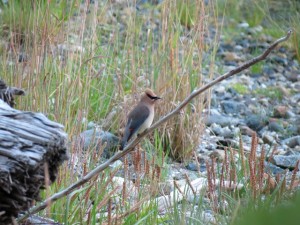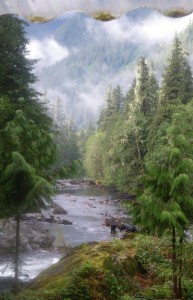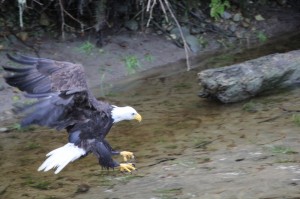
A variety of wildlife is found on all the day trips from Grizzly Bear Lodge and one of the popular for photos is the bald eagle. James has produced an excellent photo of a bald eagle coming into land to feed on a pink salmon in the river by the viewing stands. This is the ideal time for eagles as it is not necessary to hunt for salmon rather they can scavenge along the bank of the river. Many grizzly bears are selective in their eating of salmon leaving many partially eaten fish for the eagles. The riverbank becomes a buffet for the eagle, crow, heron and pine marten.
